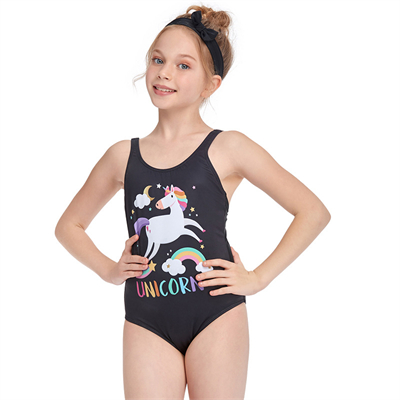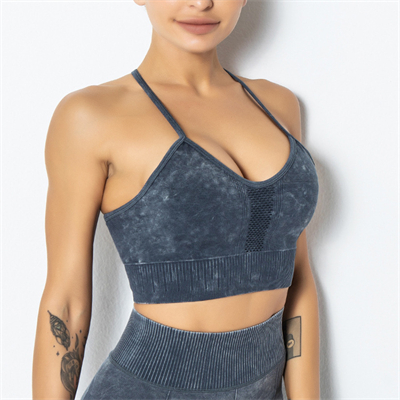The history of swimwear spans centuries and reflects changing societal attitudes towards modesty, fashion, and functionality. Here is a brief overview of the evolution of swimwear through various historical periods:
- Ancient Times: In ancient civilizations, such as ancient Greece and Rome, people often swam in the nude or wore minimal clothing for swimming and bathing. Modesty was not a primary concern, and swimwear as we know it today did not exist.
- 18th Century: During the 18th century, it became more common for people to visit seaside resorts and spas for health and leisure. While swimwear at this time was still quite modest, it typically consisted of loose-fitting, full-length garments made of heavy materials that provided little practicality for swimming.
- 19th Century: In the 19th century, as recreational swimming gained popularity, swimwear began to evolve. Women’s swimwear often consisted of full-length dresses made of wool or flannel, sometimes with weights sewn into the hems to prevent the dresses from floating up in the water. Men typically wore one-piece swimsuits made of wool.
- Early 20th Century: The early 20th century saw significant changes in swimwear. Women’s swimwear became shorter, with the introduction of knee-length swim dresses and two-piece suits. Men’s swimwear also became more form-fitting, with tank-style tops and shorts. However, modesty was still a primary concern.
- 1920s: The 1920s marked a turning point in swimwear fashion. Women’s swimwear became shorter and more streamlined, resembling the iconic flapper style. Men’s swimwear also saw shorter trunks and became more body-hugging.
- 1930s-1940s: Swimwear during this era continued to evolve, with two-piece swimsuits for women becoming more common. Fabric technology improved, and swimsuits started to incorporate elastic materials for better fit and comfort.
- 1950s: The 1950s brought the introduction of the modern bikini, which was smaller and more revealing than previous swimwear. It was met with controversy and resistance initially but gained popularity over time. One-piece swimsuits for women also featured tailored designs and often included skirts.
- 1960s: The bikini continued to gain popularity in the 1960s, thanks in part to iconic moments like the Bond girl Ursula Andress emerging from the sea in a white bikini in the movie “Dr. No.” Men’s swim trunks became shorter and sportier.
- 1970s-1980s: The 1970s saw a wide range of swimwear styles, from string bikinis to one-piece suits with bold patterns and colors. The 1980s introduced high-cut bikini bottoms and high-leg one-piece suits. Swimwear became more colorful and daring.
- 1990s-Present: Swimwear in the 1990s and beyond has continued to reflect various trends and styles, with influences from sportswear, athleisure, and retro fashion. Designers have experimented with fabrics, patterns, and cuts, resulting in a wide range of swimwear options for all body types and style preferences.
Today, swimwear is not only functional but also a significant fashion statement, with a diverse range of styles catering to different tastes and body shapes. It continues to evolve, influenced by both fashion trends and advancements in textile technology, ensuring that swimwear remains a dynamic and ever-changing aspect of clothing history.
























